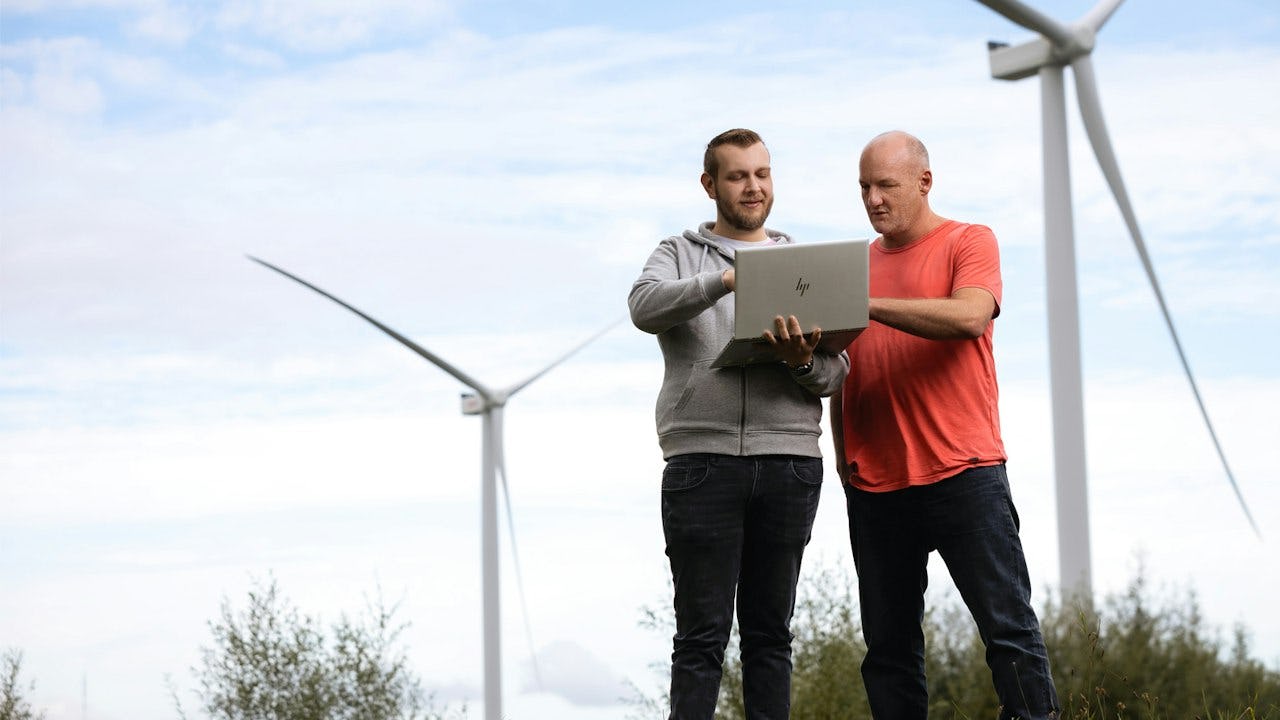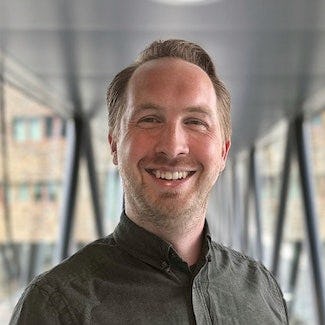What is IT for OT?
Wouldn’t it be great if a train was capable of indicating that a particular component needed to be serviced? Or if a conveyor belt could stop without operator intervention the moment a camera detects that something is going wrong somewhere in the process? In an increasing number of places, this is already happening – by using IT to control operational technology (OT). This data-driven control of industrial assets is also known as the Industrial Internet of Things (IIoT), or Industry 4.0.
Assets can be anything from machines, conveyors, and forklifts to wind and solar farms, bridges and locks, locomotives and train sets, and so on. These assets are equipped with sensors that measure vibrations, noise, pressure, or air quality, or with cameras that monitor processes. This data is processed by a predictive algorithm, which then automatically initiates a new action: scheduling maintenance, stopping a conveyor belt, or venting a vessel.
What are the benefits?
Controlling your OT through IT allows you to automate manual tasks, which means you can do more with fewer people. In addition, it often opens up opportunities to make your processes smarter. For instance, you might be able to deploy machine learning to analyse sensor patterns. Take a camera on a conveyor belt, for example, that monitors whether all the bottles are still positioned correctly on the belt. The images captured by this camera are analysed in real time using computer vision. As soon as this image recognition algorithm detects a process error – such as a bottle that has fallen over – the IT solution communicates this directly to the OT environment, which stops the belt. Previously, an operator would have to monitor this process and stop the conveyor manually, often after dozens of other bottles had fallen over as a result of the disruption.


